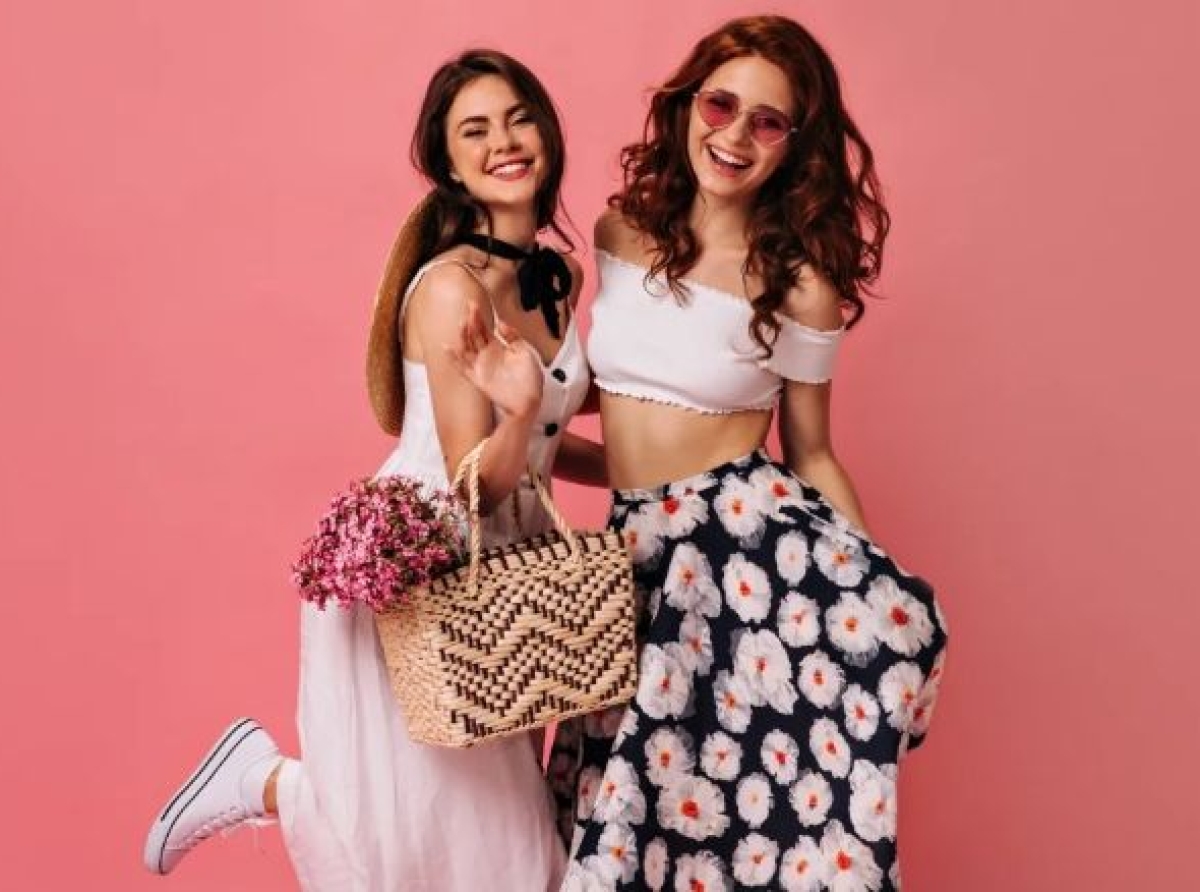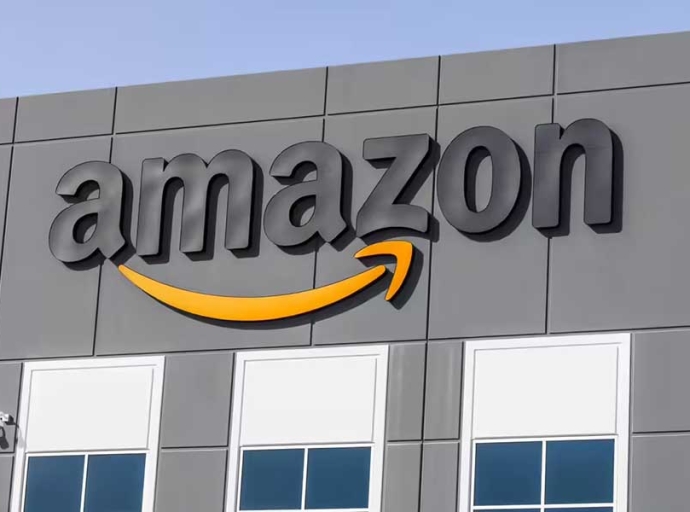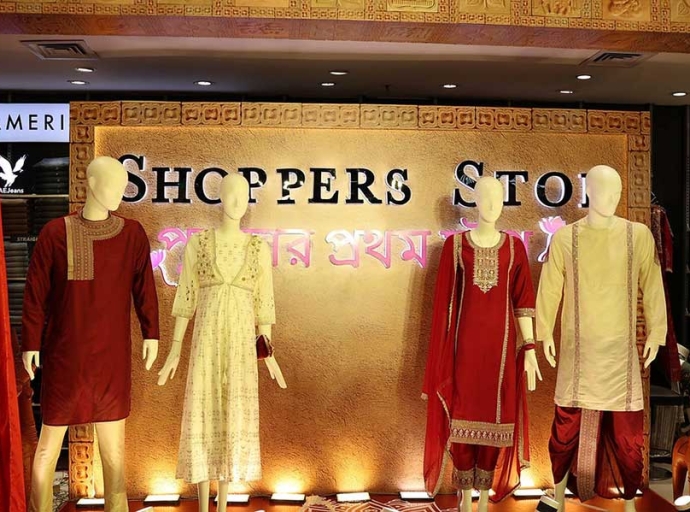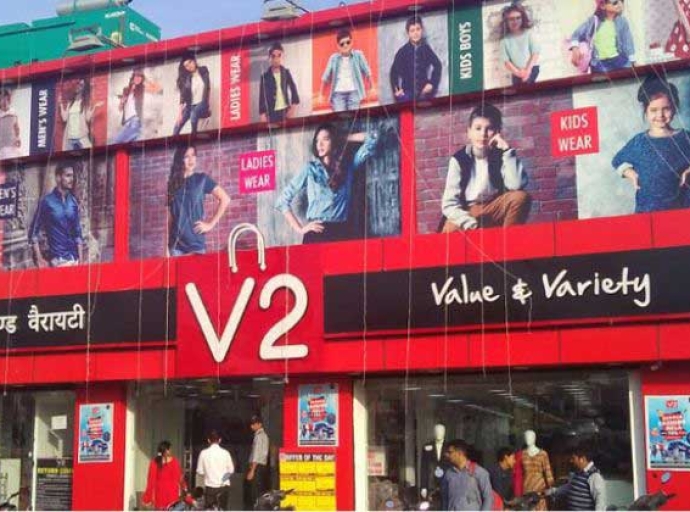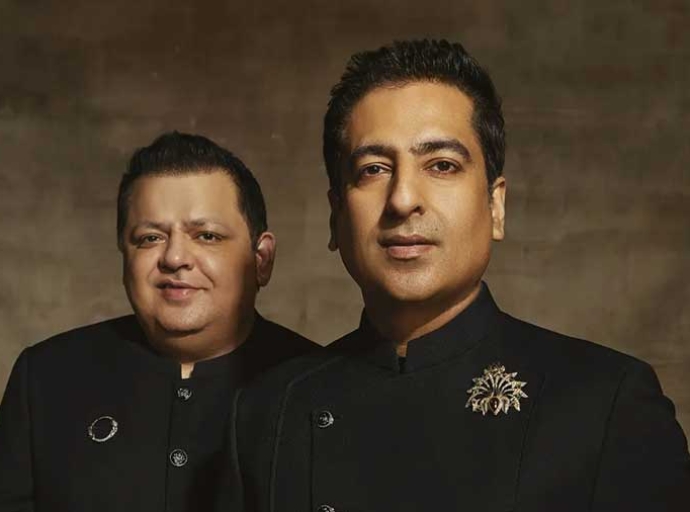06 March 2023, Mumbai
Social media has evolved into a social trendsetter in the current digital era as individuals spend more and more time online. One of the most useful marketing strategies for fashion firms is social media, which is becoming the primary information source for customers.
For instance, Instagram has been acknowledged as the most important source of fashion knowledge. We have to say here that," Social media influencers (SMIs) have already become an influential/impactful factor in the apparel sector, able to influence/sway/inspire consumer behavior and help give brands impetus promoting brands to their huge fan followings
Chatter around SMI
A decoding whole host of issues surrounding social media influencers in the fashion general and apparel sector in general; Influencer marketing is a form of social media marketing, that necessitates influencers’ endorsements, product placement from influencers, forks & firms with nuanced understanding or social influence in the given sector.
Role of social media
The fashion industry has profited from adopting social media, publishing images and videos, and writing about its clothing lines and operations to draw customers and raise brand recognition. Social media, in particular, offers a dynamic medium for public communication to boost a fashion brand's marketing plan.
By providing knowledge about brands and fashion, these platforms draw in new users while retaining existing ones by giving new advertising channels. Even while fashion firms produce and distribute value-added content on social media to meet the demands and needs of consumers, they continue to need help utilizing digital advertising in the social media sector.
The expectation of the apparel customers
Levers; Consumers expect fashion brands to engage with them in real-time and build emotional connections through social media presence. Fashion firms may view digital advertising as more practical, helpful, and authentic than traditional advertising, given its immense capacity to produce content and grab customers' attention on social media.
As the advertising trade landscape/scene continues to undergo change, it is likely the path for taking charge and getting the outcomes they want.
Given the expansion of the fashion industry and recent advancements in social and digital technologies, as well as the mission of the Journal of Interactive Advertising to "promote our understanding of interactive advertising, marketing, and communication in a networked world," it is crucial to comprehend how interactive advertising affects consumer behavior in the fashion industry.
Value accretion
Even while fashion firms produce and distribute value-added content on social media to meet the demands and needs of consumers, they continue to need help utilizing digital advertising in the social media sector. Consumers expect fashion brands to engage with them in real-time and build emotional connections by being present on social media.
Fashion firms may view digital advertising as more practical, helpful, and authentic than traditional advertising, given its immense capacity to produce content and grab instant customers' attention on social media. As the advertising scene changes, it is likely the path for taking charge and getting the outcomes they want.
Various influence of influencers
High-street fashion companies adept at influencer marketing, including Pretty Little Thing, and Asos have already amassed sizable followings on TikTok. Some companies decide to work with influencers whose fan bases have spending power comparable to their products as there is so much headroom for growth.
These same followers also belong to the TikTok user demography, mostly GenZ. Other high-end fashion brands, like Gucci and JW Anderson, have also embraced viral fashion trends associated with their brands. Take the #GucciModelChallenge, in which participants wore their apparel/clothing to imitate Gucci-inspired ensembles. Gucci has decided to highlight participants in the challenge in a new video project with TikTok because this trend grew widespread on the platform.
GenZ users make up the majority of TikTok's user base. High-end fashion firms may use TikTok to maintain their name in the public eye. Influencers frequently work with high-street firms like Pretty Little Thing and Misguided on social media. Globally there are some great examples of apparel brands such as Fashion Nova and Boohoo has successfully leveraged & strategically exploited social media influencers' resources to fuel sales and increase brand awareness making the best of it.
Pros and cons
The power we see considering that the phenomenon of 'Social media influencers' has become a popularly deployed marketing tool in the Indian apparel industry. Playing the devil's advocate here & knowing pretty well that, while SMIs can incrementally boost brand awareness, there is also a downside given the growing serious concerns about authenticity and the potential for misleading advertising.
The trouble here is the handicap of social media influencers (SMIs) in the Indian apparel space as ESG-pertaining issues have started to take center stage today, issues like the promotion of unsustainable fast fashion, leading to environmental degradation/environmental damage and the critical need for work-appropriate business approaches to avoid worker exploitation.
SMIs and regulatory overhang
The very recent framework regime in India with the given new guidelines outlining social media influencers' (SMIs) anticipated role in boosting and promoting sales and business, stressing the growing need for greater transparency, higher regulatory & public disclosures, and bona fides in sponsored/featured content. Again, it is been unequivocally articulated that (SMI) influencers must disclose their relationships with brands and avoid deceptive/misleading/questionable claims practices.
Larger scheme of things
The bulk of an influencer's audience can afford these goods, which allows them to execute their job of influencing effectively because their audience is willing to spend £5–10 on a top or dress.
Let us put a spotlight on how social media influencers syndrome has played an important role in nurturing Indian apparel brands the likes of FabIndia (The darling of Indian consumers), Biba (ethnic wear for women), and the ever-growing Manyavar ethical wear brand, by exhibiting/showcasing their products to a wider trade audience and building valuable brand awareness.
Social media influencers have taken the fashion world by storm and revolutionized the apparel sector, offering a world of new opportunities for brands to outreach consumers and for influencers to monetize their online presence as a win-win.
Latest Publications


